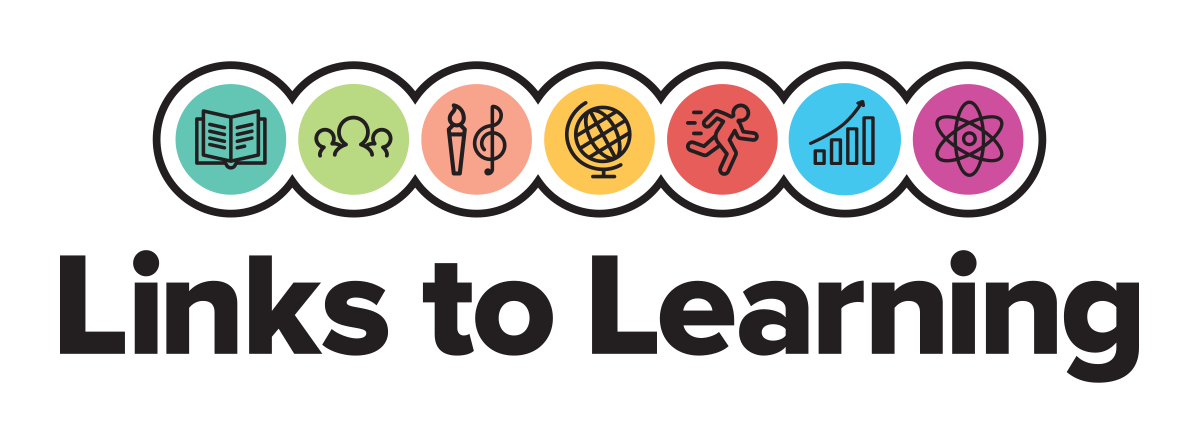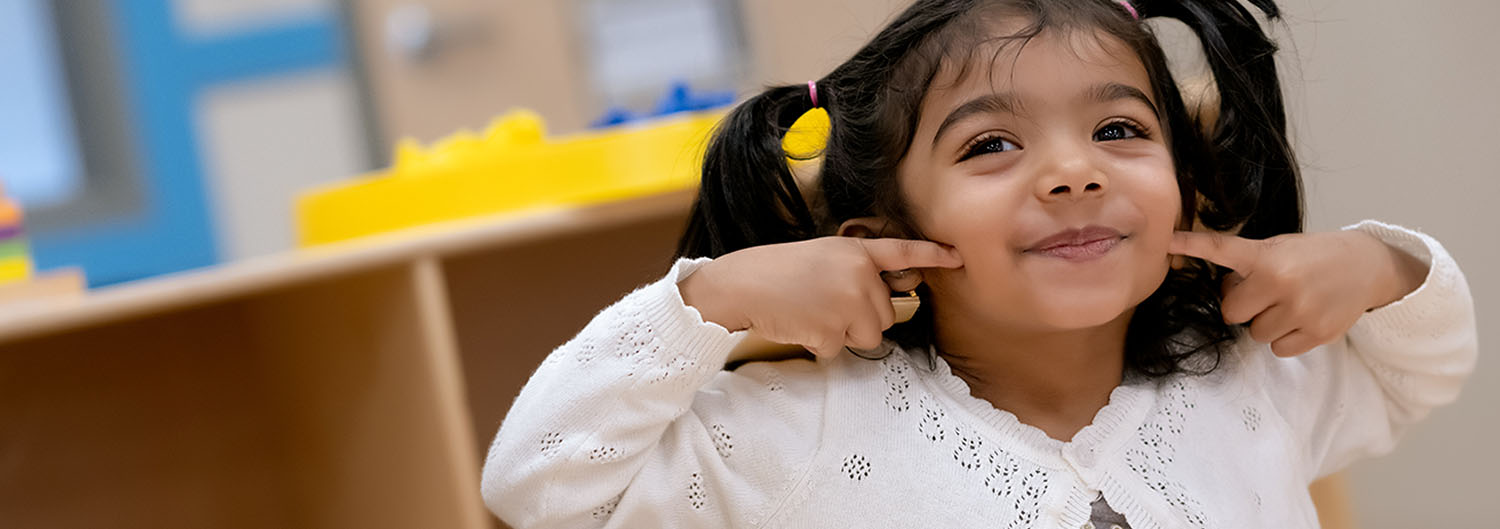- View All
- Topics
- Search
Topics
Blog Archive
-
2024 (15)
- July (3)
- June (2)
- May (2)
- April (2)
- March (2)
- February (2)
- January (2)
-
2023 (15)
- December (2)
- November (2)
- October (2)
- September (1)
- August (1)
- July (1)
- June (1)
- May (1)
- April (1)
- March (1)
- February (1)
- January (1)
-
2022 (13)
- December (1)
- November (1)
- October (1)
- September (1)
- August (2)
- July (1)
- June (1)
- May (1)
- April (1)
- March (1)
- February (1)
- January (1)
-
2021 (15)
- December (1)
- November (1)
- October (1)
- September (2)
- August (1)
- June (1)
- May (2)
- April (1)
- March (2)
- February (2)
- January (1)
-
2020 (11)
- December (1)
- October (2)
- September (1)
- August (1)
- July (1)
- May (2)
- March (1)
- February (1)
- January (1)
-
2019 (12)
- December (1)
- November (1)
- October (1)
- September (1)
- August (1)
- July (1)
- May (2)
- April (1)
- March (1)
- February (1)
- January (1)
-
2018 (12)
- December (1)
- November (1)
- October (1)
- September (1)
- August (1)
- July (1)
- June (1)
- May (1)
- April (1)
- March (1)
- February (1)
- January (1)
-
2017 (12)
- December (1)
- November (1)
- October (1)
- September (1)
- August (1)
- July (1)
- June (1)
- May (1)
- April (1)
- March (1)
- February (1)
- January (1)
-
2016 (12)
- December (1)
- November (1)
- October (1)
- September (1)
- August (1)
- July (1)
- June (1)
- May (1)
- April (1)
- March (1)
- February (1)
- January (1)
-
2015 (12)
- December (1)
- November (1)
- October (1)
- September (1)
- August (1)
- July (1)
- June (1)
- May (1)
- April (1)
- March (1)
- February (1)
- January (1)
-
2014 (6)
- December (1)
- November (1)
- October (1)
- September (1)
- May (1)
- April (1)




Developing Balance Skills in Young Children
Our Nobel Learning Education team stays up to date with the latest research to ensure that our Links to Learning curriculum exceeds childhood learning standards. The Links to Learning curriculum was enhanced last fall to include a greater focus on balance, a building block for skills such as hand-eye coordination, muscular strength and body awareness.
Here are some ways we help improve balance in the classroom, as well as ideas for you and your child to do at home.
INFANTS:
TODDLERS (ages 1-2):
BEGINNERS (ages 2-3):
INTERMEDIATES (ages 3-4):
PRE-K/PRE-K 2 (ages 4-5):
In the classroom: Teachers encourage children to practice balance and coordination by jumping on their non-dominant foot, walking on a line or beam, or jumping rope. Children also practice balance by crouching down to tie their shoes.
At home: Ask your child to tell you about the games and activities played at school. Include these activities at home and during family events such as birthday parties and vacations. Scooters and pogo jumpers are great toys for children at this age.
Good balance helps children maintain appropriate and controlled body movement during important tasks. By building balance skills in the preschool years, your child will be better prepared as he enters elementary school and beyond.